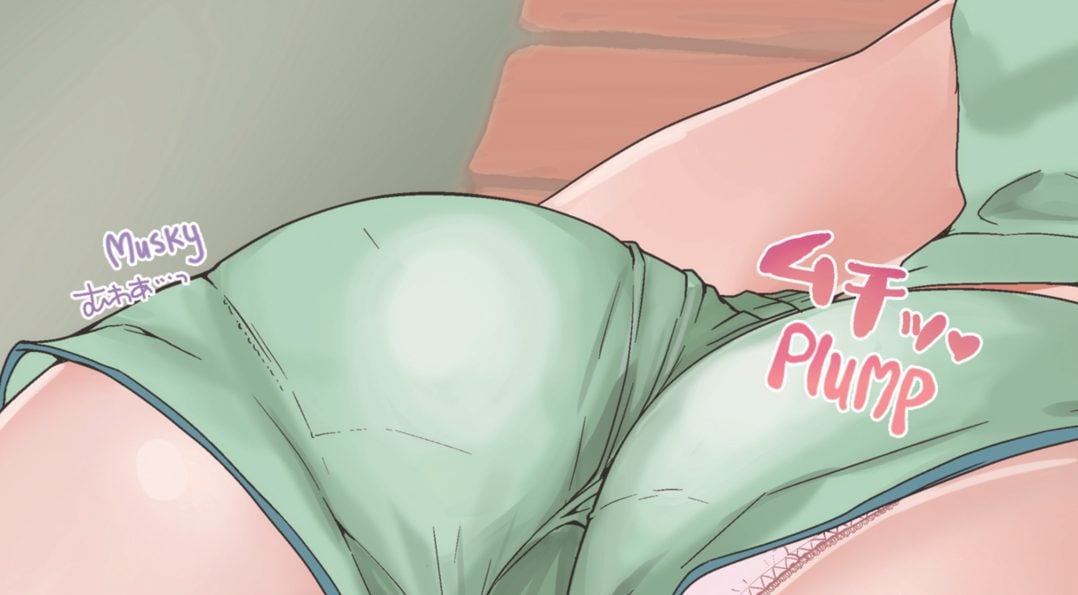Wanting to review another full-color hentai manga, I jumped into some unfamiliar territory and picked up Melty Maiden by Toroshio. It’s rare for me to encounter a hentai mangaka I’m completely unfamiliar with, but Toroshio is a name totally unknown to me. Searching around online I found almost nothing under the name Toroshio except the mangas that make up Melty Maiden, a lightly used Pixiv, a Blogger website with no updates since summer of 2015, and an almost totally unused Twitter that says the artist is taking a break. For this and other reasons I’ll get into, Melty Maiden strikes me as a peculiar choice for FAKKU to publish.
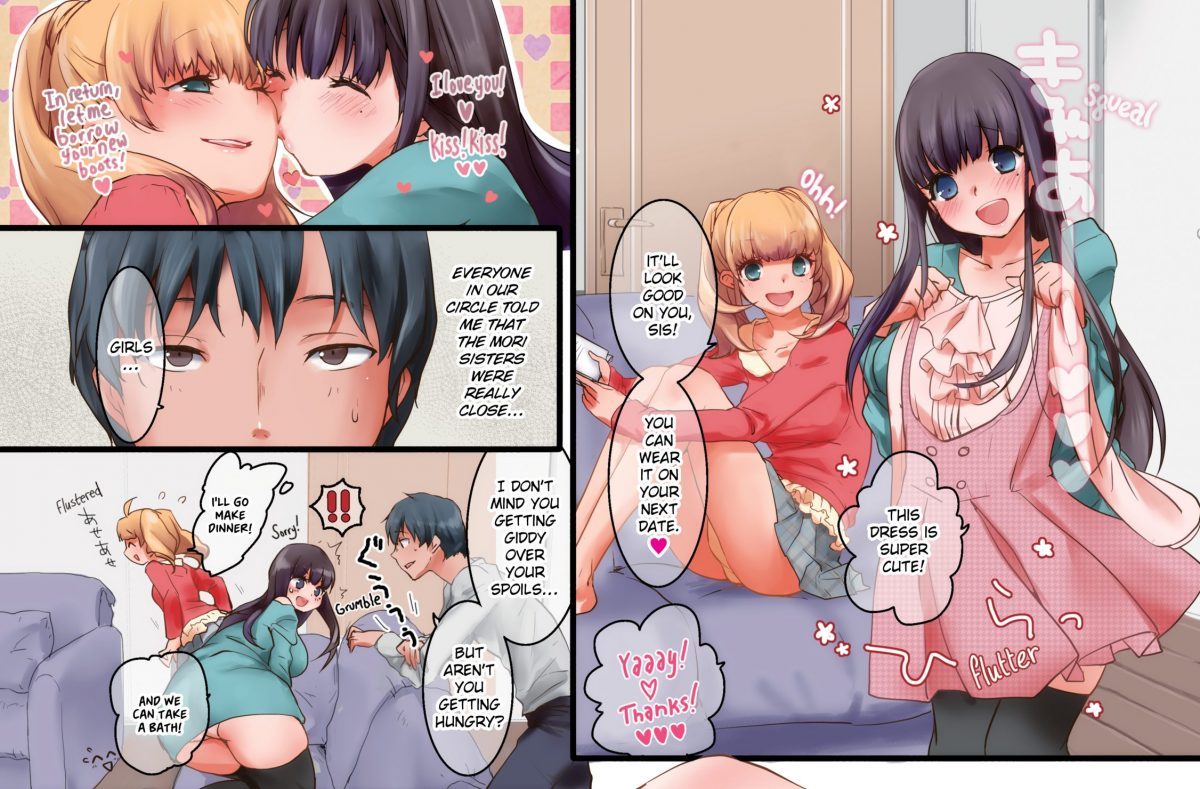
Toroshio’s own afterword also mentions having been on a break for a while, but also says they expect to put out new work someday. The date of this afterword is March 2017 and I haven’t found anything published by Toroshio in the last two years. The artist expresses surprise that Melty Maiden was published in English, surprise I also share.

All but one of the stories are collected works published in COMIC Kairakuten between 2010 and 2012. Kairakuten ranks among Japan’s top-selling eromanga magazines and so has fairly broad appeal. There isn’t much of a unifying theme to the chapters of Melty Maiden, with most of them being fairly vanilla contrived situations where sex happens. Several of them have an element of coercion setting up the sex scenes, and a few of them mention the woman having a partner already, but you never see that partner or even so much as learn his name, so I couldn’t describe it as any sort of netorare scenario. It certainly isn’t any specific fetish that is going to draw a reader to Melty Maiden.
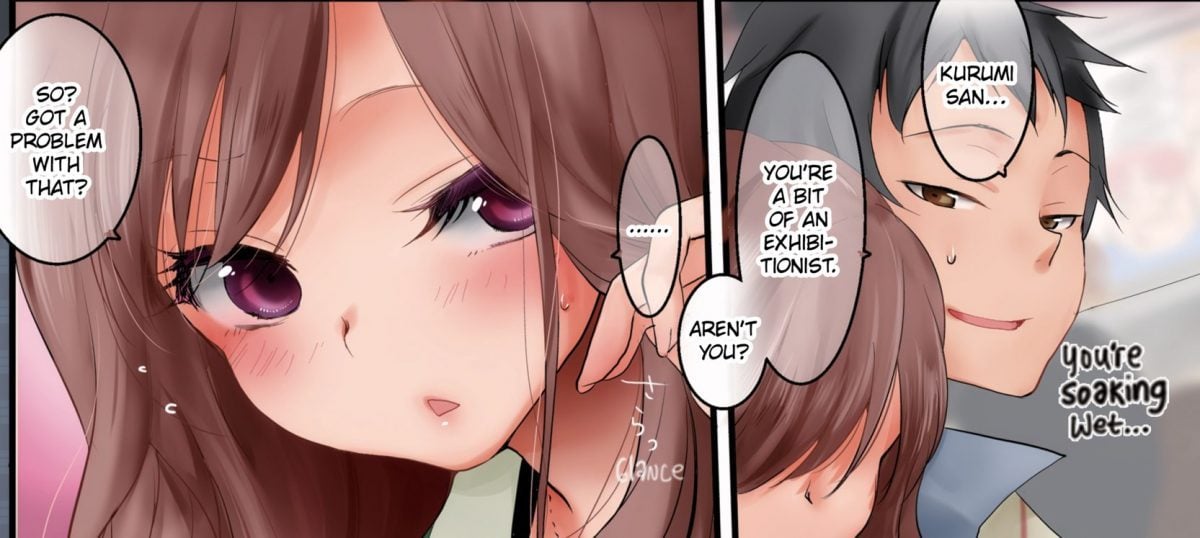
So let’s take a look at Toroshio’s art. Toroshio’s Twitter and Blogger website both emphasize a specialty in full-color manga and indeed all the art on Pixiv and every page of the Melty Maiden manga is rendered in color. While doing my first read of the book, I thought maybe the colorist was responsible for the flatness overall lack of life I was seeing in the panels. Clearly, this isn’t the case as Toroshio handled the coloring personally as part of the complete work.
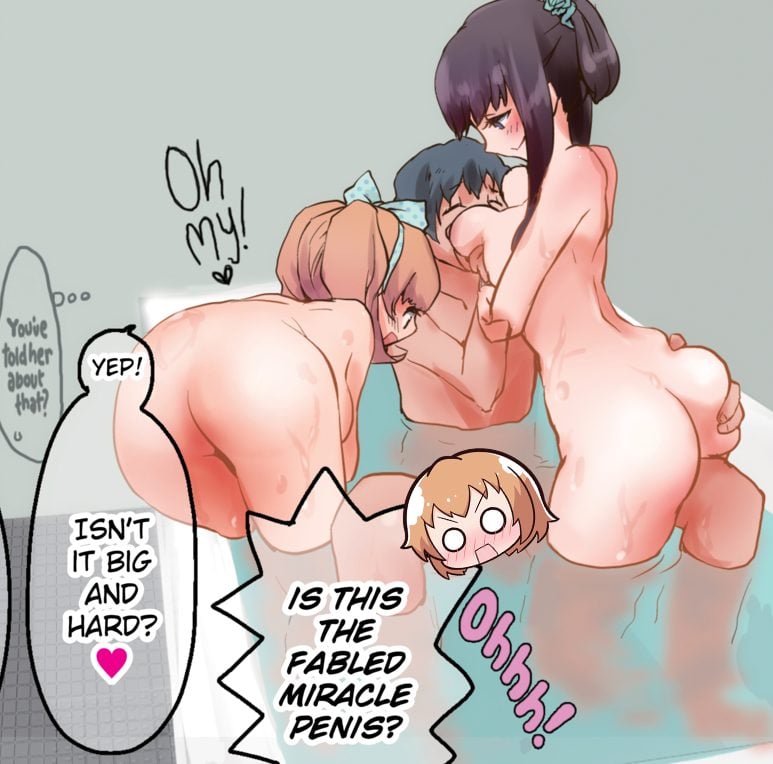
Melty Maiden has this problem where half the chapters just simply don’t look good. The characters’ faces, in particular, look like the kind you see in the background or in a long-shot in a rushed seasonal anime. The kind I might appropriately describe as looking like they’re melting, so I guess Melty Maiden got that one right.

Now there are some chapters that look fine. “Jiggly Infloozy” and “I Can’t Believe Senpai” didn’t have the flat, lifeless, melty look that upset me so much in chapters like “Darling Sharing” and in fact I really enjoyed reading them, even if I found them a little plain. Now what’s peculiar about that is “Darling Sharing” is actually the newest chapter in the book, published in COMIC Kairakuten in May 2012, while “I Can’t Believe Senpai” was Toroshio’s debut work published in February 2010. It seems the quality of Toroshio’s work actually declined over time. I wonder if maybe the artist struggled with deadlines, but it’s telling that this is the only published book of Toroshio’s work. The artist’s last publication in COMIC Kairakuten was in October 2012 and last ever publication was a pair of dakimakura covers in 2013. Something about the eromanga industry or profession did not work quite right for Toroshio.
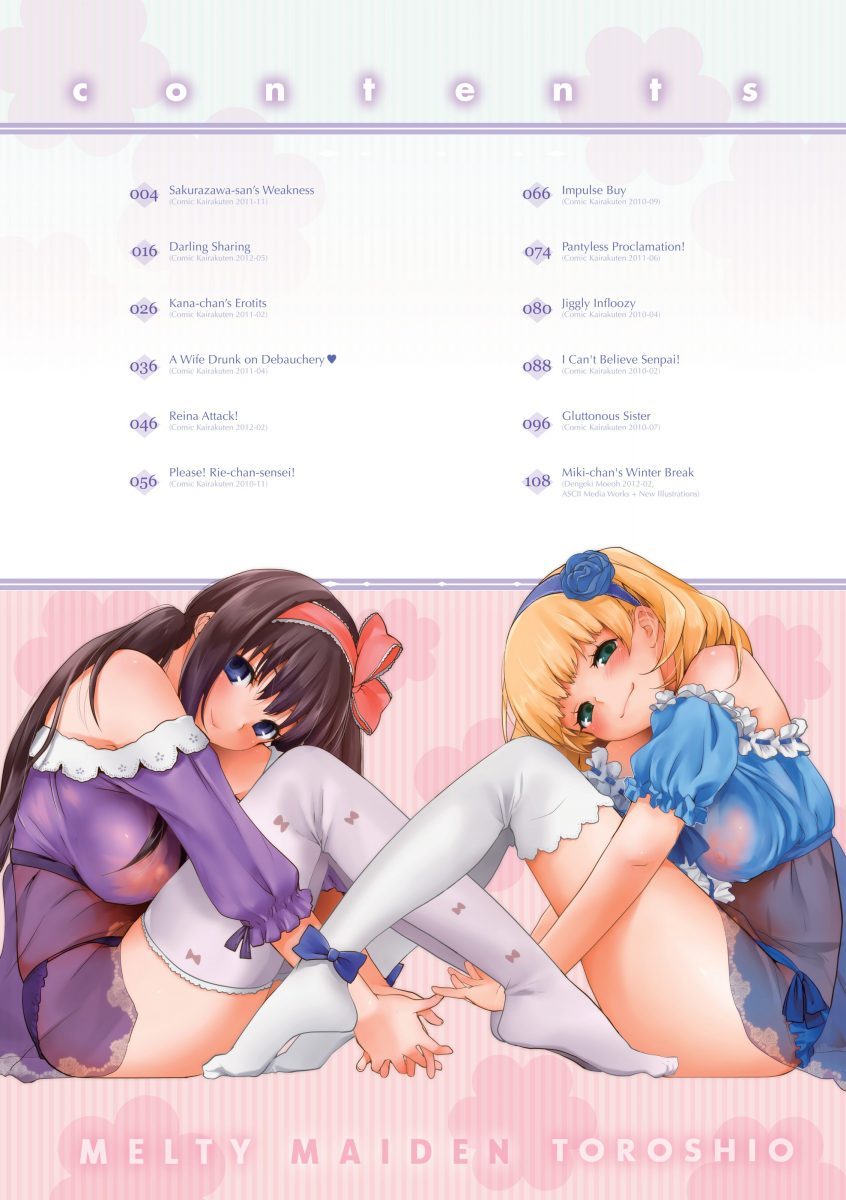
The ultimate question I have to answer then is if there is anything of value for a reader here besides cataloging the rise and fall of a mangaka’s career in one convenient volume that makes a fine conversation piece on one’s coffee table. For that, I turn to Toroshio’s debut work “I Can’t Believe Senpai,” which tells the story of an athlete and her senpai boning down after he goes to massage out her cramps.
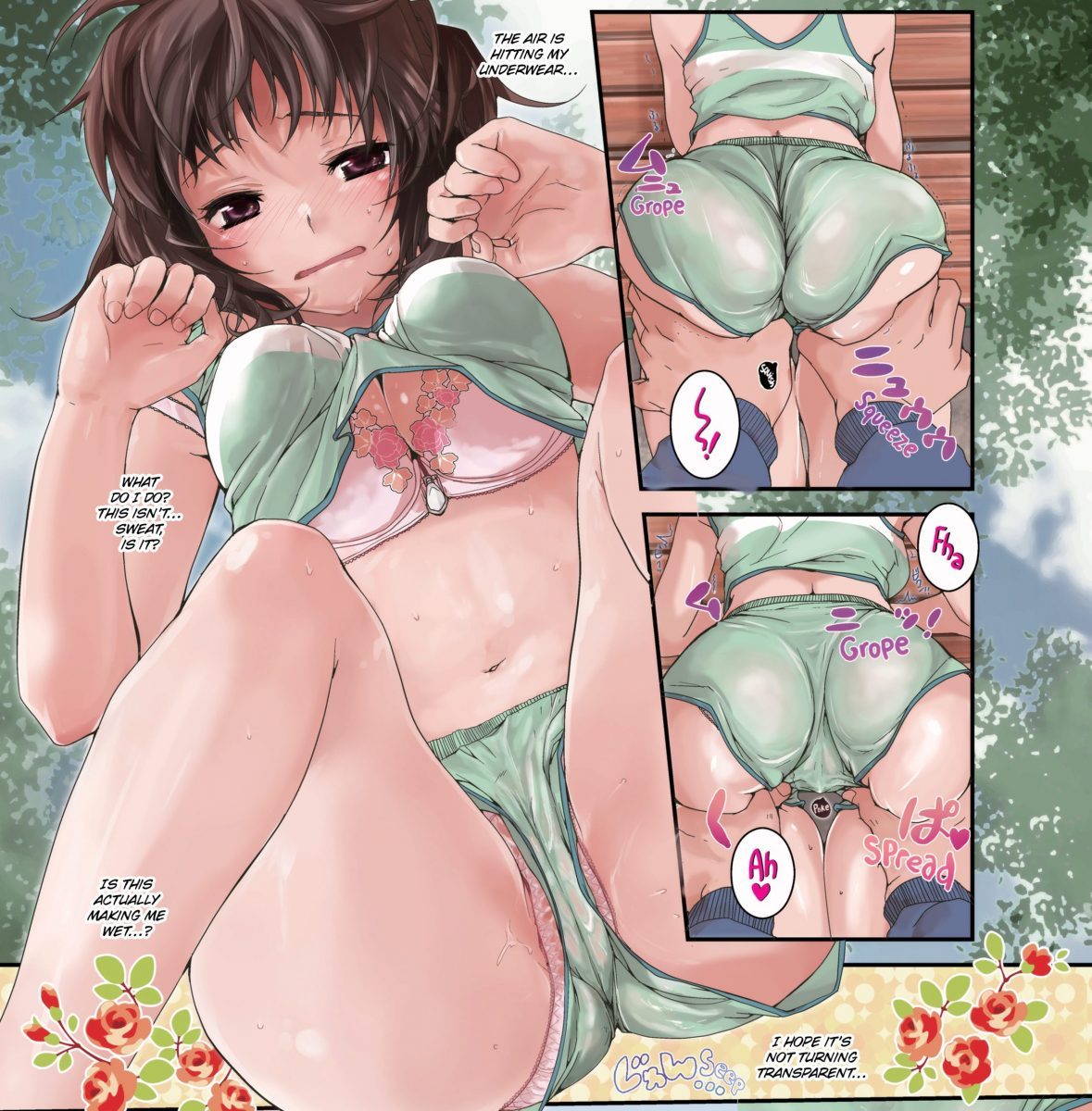
What we see in this chapter is what could have been Toroshio’s signature: clothes. The folds and ruffles and lines and indentations and movements of the heroine’s athletic wear are all so lovingly rendered that you can tell Toroshio really has a thing for clothed sex and the artist’s passion does a lot for the work. In fact, there’s only one chapter in all of Melty Maiden that features a fully nude character. Toroshio wanted to be the master of clothed sex and the potential you see in “I Can’t Believe Senpai” is incredible, but that much more disappointing when you look at the flat, lifeless clothes in “Reina Attack!”

As for the stories, there’s not much to them. “Please! Rie-chan-sensei!” sets up a reason to get a stocking-covered footjob so Toroshio can finally draw someone actually having sex with clothes.
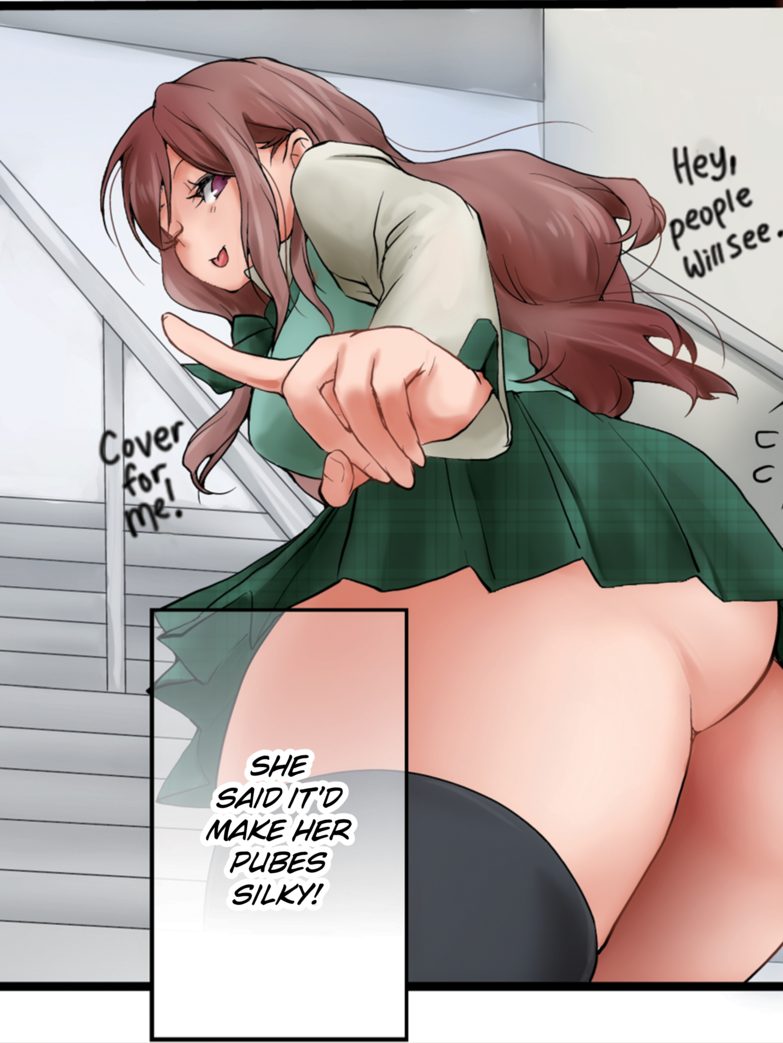
Then “Pantyless Proclamation!” made me laugh with its idea of going commando to improve one’s pubic hair texture.
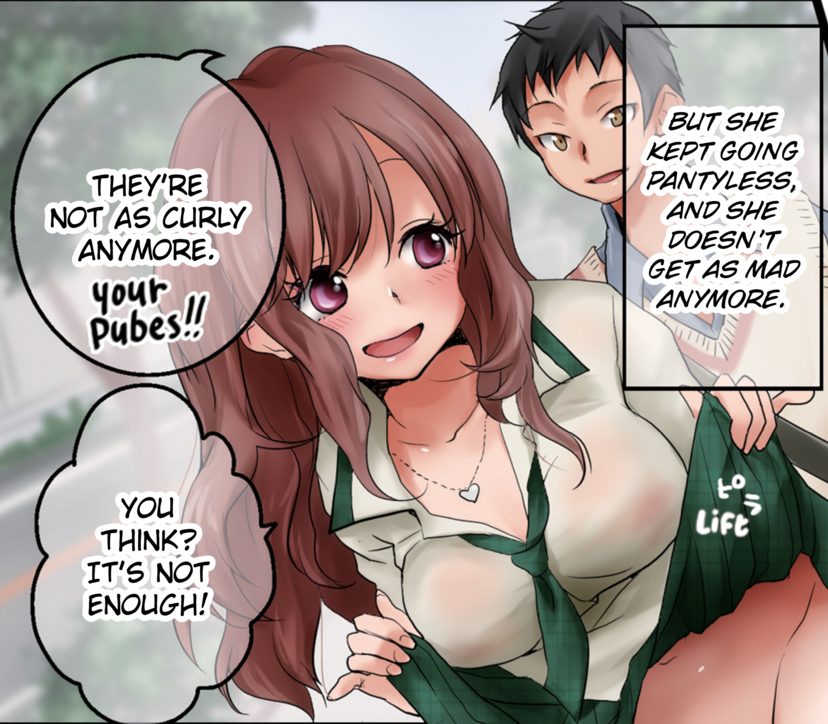
But overall, the stories are as lifeless as Toroshio’s later art. I couldn’t tell you the name of a single character, or what they wanted besides an orgasm. Melty Maiden is the first FAKKU release I’ve read that left me disappointed. Their translation and editing work was fine, but their choice to license and publish Melty Maiden remains deeply confusing.
